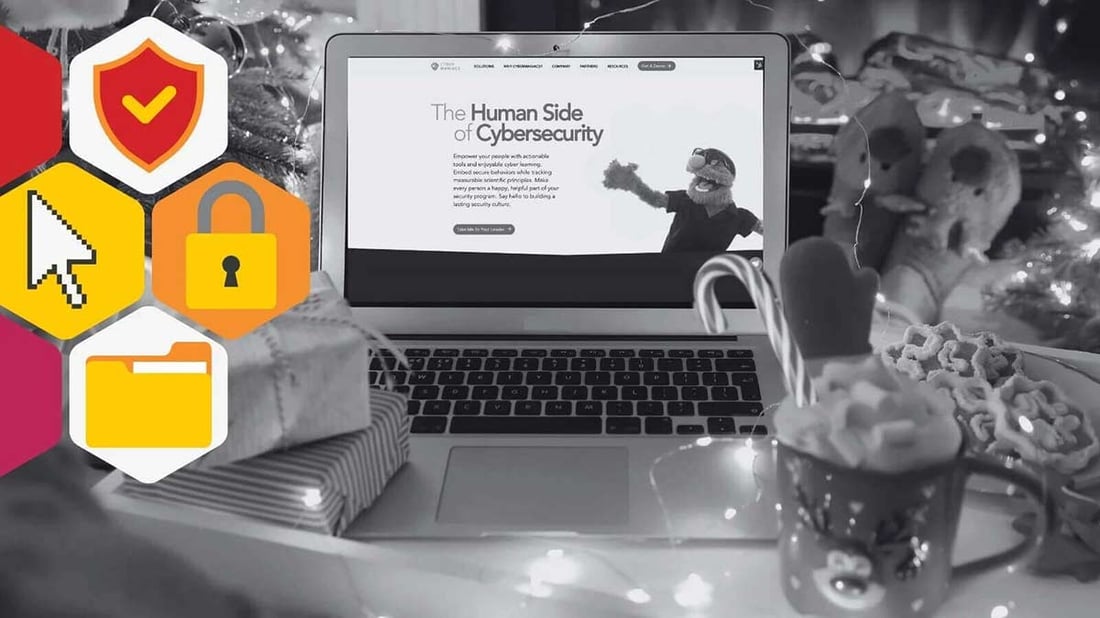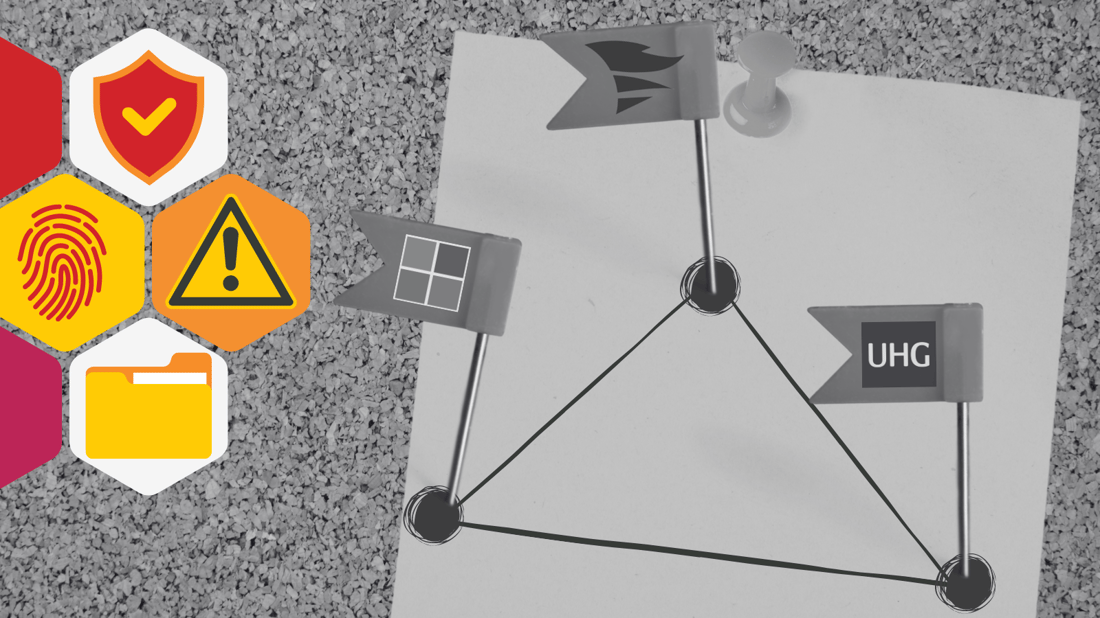How to Build a 12-Month NCSC Cyber Security Culture Roadmap
Ok. Here's where we are. You’ve read the NCSC cyber security culture guidance. You’ve nodded along with the six principles. You might even have a few...
We believe that being safe at work starts by being safe at home.
Working with your workforce on securing their home and personal devices is, from a mindset, habit and practice perspective, just as crucial as maintaining cybersecurity policy compliance at work. If you are a company that values its employees and fosters a people-first culture, then investing time, budget, and effort into a comprehensive human risk management program that includes a "whole person" cyber strategy is essential.
Here’s a fun and creative look at how to help employees make their homes the safest cyber house on the block.
Home Habit to Work Habit: Creating separate user accounts on shared home devices translates to using individualized logins on shared workstations. This practice ensures that personal data remains private and reduces the risk of unauthorized access.
Risk Level: High - Not securing shared devices can lead to unauthorized access to sensitive information, which could result in data breaches or exposure of personal and professional data.

Awareness Ideas:
Home Habit to Work Habit: Using strong, unique passwords and updating router firmware at home parallels ensuring strong network security and regular updates for office WiFi. This protects both environments from unauthorized access and cyber threats.
Risk Level: High - Weak WiFi security can lead to unauthorized access, network intrusion, and data theft, jeopardizing both personal information and sensitive work data.

Awareness Ideas:
Home Habit to Work Habit: Securing smart home devices by changing default settings and passwords mirrors securing IoT devices in the workplace. Proper configuration and regular audits prevent unauthorized access and data leaks.
Risk Level: Medium - Poorly secured smart devices can be exploited for eavesdropping, data theft, or as entry points into larger networks, compromising both home and work environments.
Awareness Ideas:
Home Habit to Work Habit: Keeping an inventory of connected devices and isolating them on separate networks at home translates to managing and segmenting IoT devices in the workplace. This limits exposure and potential entry points for attackers.
Risk Level: High - Unsecured IoT devices can be hijacked and used in larger cyber attacks, leading to significant security breaches and operational disruptions.

Awareness Ideas:
Home Habit to Work Habit: Regularly backing up personal data and encrypting it mirrors the need for systematic data backups and encryption at work. This ensures data integrity and availability in case of hardware failure or cyber incidents.
Risk Level: Medium - Failure to back up and encrypt data can result in data loss or exposure, leading to significant personal and business repercussions, including loss of critical information and potential regulatory fines.

Awareness Ideas:
Home Habit to Work Habit: Practicing caution in sharing personal information on social media aligns with being careful about work-related posts. Both environments benefit from maintaining privacy and minimizing data exposure to potential attackers.
Risk Level: High - Oversharing on social media can lead to social engineering attacks, identity theft, and physical security risks, affecting both personal safety and corporate security.
Awareness Ideas:
Remember, being safe at work starts by being safe at home. If you’re not regularly supporting your employees with personal cyber safety resources, you're not doing it right. Let us help you build a robust human risk management program that prioritizes the security of your entire community. Get in touch, and we'll show you how to create the safest cyber house on the block.

Ok. Here's where we are. You’ve read the NCSC cyber security culture guidance. You’ve nodded along with the six principles. You might even have a few...
26 min read

It's time. The holidays are upon us, a time of joy, togetherness, and celebration. But in recent years, our festivities have taken on a digital...
7 min read

Understanding the Real Reasons Behind Policy Bypass
4 min read
Subscribe to our newsletters for the latest news and insights.
Stay updated with best practices to enhance your workforce.
Get the latest on strategic risk for Executives and Managers.
.png?width=1100&height=619&name=_Impacts%20of%20Cyber%20Awareness%20(1).png)